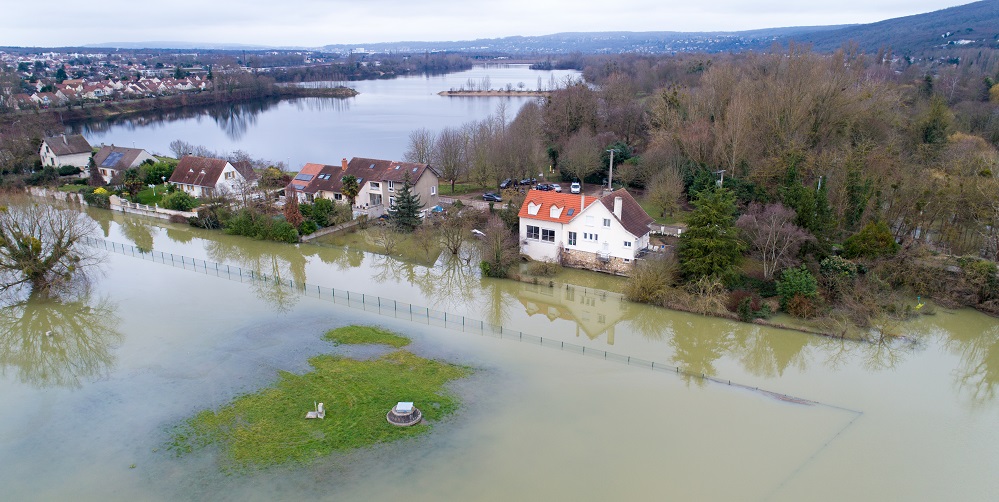Categories
Ontario’s High Water – Part 1

High water in Ontario is becoming the norm. Two of the last four years have brought devastating floods to different regions of Ontario. Our system of lakes and rivers is overloaded and the largest indications of that are the water levels in the Great Lakes. Levels are higher than they’ve ever been for most lakes. While Superior and Huron/Michigan both saw record levels in the 1980’s, recent levels have risen close to, if not surpassed those historic highs.
It is clear that Ontario is draining more water into the Great Lakes. But where is that water coming from? Increased precipitation, either in amount or intensity, along with sometimes quick snow melts can inundate Ontario’s inland lakes and rivers. Ontario’s largest rivers draining into or impacting the Great Lakes include:
- Dog River
- Nipigon River
- Pic River
- White River
- Magpie River
- Michipicoten River
- Montreal River
- Mississagi River
- Spanish River
- French River
- Muskoka River
- Saugeen River
- Thames River
- Grand River
- Trent River
- Rideau River
- Ottawa River
Most, if not all, of these rivers are dammed, in at least one location, along their run to the Great Lakes. In standard operating conditions, these dams provide consistency of flow and provide buffers for seasonal water flows. However, what they principally do is increase the potential energy of the river by creating a difference in water levels. As most know, this is usually accomplished by holding back water and flooding low lying lands upstream of the dam location.
When these dams flood the low lying upstream lands, they decrease (to a degree) the natural storage capacity of the waterway. When heavy water flows come from Fall rain or a quick Spring thaw, the river’s ability to handle that flow is reduced by any dams along the river. While unprecedented water flows are hard to anticipate and mitigate, the fact that these rivers are controlled does contribute to the flow-through of that unprecedented water. However, when managed properly those dam reservoirs can play a critical role in managing flood waters – by drawing down the reservoirs (more than what’s currently done) for flood water storage capacity in the spring and fall months.
Despite this capacity to mitigate flood waters, dam reservoirs that are maximized and can contribute to increasing the flow-through to the Great Lakes during large water events and in turn result in record levels in the Great Lakes. It also forces the surge of water through the towns and cities that border the river, overcoming decades old infrastructure and resulting in hundreds of millions of dollars in damage.
While the 2017 and 2019 flooding that Ontario has experienced caused substantial damage, arguably the longer lasting damage will be on the lands that border the Great Lakes. Homes, downtowns, cottages, and infrastructure are all at risk from sustained higher water levels. These levels eat away at shorelines, overcome surge protection, and destroy private property. Based on the water level forecasts for the Great Lakes, we may be in for continued high water for years to come. But what are the legal implications of this inundation? We’ll cover that in Part II of the blog on Ontario’s High Water.
For more information on Great Lakes water levels, check out these resources:
Great Lakes Water Levels Outlook
The content on this website is for information purposes only and is not legal advice, which cannot be given without knowing the facts of a specific situation. You should never disregard professional legal advice or delay in seeking legal advice because of something you have read on this website. The use of the website does not establish a solicitor and client relationship. If you would like to discuss your specific legal needs with us, please contact our office at 613-563-7544 and one of our lawyers will be happy to assist you.







